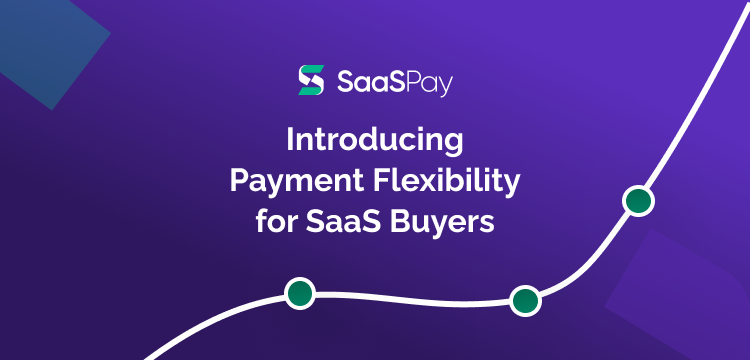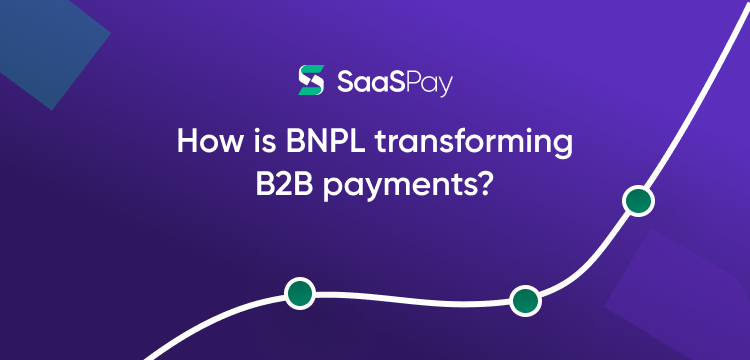
How Builder Converted 100% of Monthly Deals to Annual With No Upfront Payments
How Builder Converted 100% of Monthly Deals to Annual With No Upfront Payments
About Builder.ai
Builder helps businesses build custom applications without the need for extensive technical knowledge. They use a combination of AI and pre-built templates to design, develop, and launch your app idea.
Founded in - 2012
Headquarters - London, England
Company Size - 1600+ employees (via LinkedIn)
Total Funding - $450M (via Tracxn)
The Upfront Payments Dilemma
The challenges that Builder faced were two-fold which delayed revenue realization from their SaaS subscriptions and delayed their sales cycles. Both of them stem out of one big roadblock for Builder’s customers - Upfront Payments.
1. Lower sign-ups on annual plans
Most customers avoid making their payments upfront to optimize their overhead costs. Hence, customers on any given day, would prefer to make monthly payments instead of making a lump sum payment for their order.
Builder’s situation was no different. Most of Builder’s customers were either mid-market or Enterprise. And, they observed more customers signing up for monthly deals instead of annual subscriptions to avoid upfront payments.
This resulted in a downward pointing graph for the sales team as their annual subscription sales took a huge hit. Most of their revenue came from monthly subscriptions which meant, Builder would have to wait till year-end to earn the ACV from those deals.
2. Time spent on payment chasing
With monthly payments, came the hassle of payment chasing or collections every month. And since like most SaaS companies, Builder didn’t have a dedicated collections team - this activity was managed by their sales team.
This resulted in an operational challenge for the sales team that was occupied with more non-sales activities. A considerable bandwidth of the team was spent on making efforts to get the customers to make payments on time.
These efforts were primarily to make follow-up phone calls or send reminder emails to these customers who were likely to delay payments. The additional activity shifted the team’s focus from generating more sales from their subscriptions and trapped their receivables in a loop for the next 12 months.
Builder Realized Their Customers Needed An Offer They Couldn’t Refuse
Builder understood that to resolve their ongoing upfront payments dilemma and improve their sales figures, they had to offer their customers something they didn’t know they needed.
All that the customers wanted, was to use their subscription and payback based on their preferences. And that’s exactly what SaaSPay helped Builder offer.
1. Converted customers from monthly to annual deals
With SaaSPay’s checkout integration, Builder was able to offer its customers with flexible payment options.
Their customers leveraged SaaSPay’s Pay Later feature on annual subscriptions to eliminate upfront payments and enjoy monthly payment flexibility.
upward-lookingEventually, Builder was able to convert 100% of their monthly customer base to buy more annual subscriptions without impacting customer experience or taking a hit on their ARR, thus promoting an upward-looking annual deal sales graph.
2. Eliminated payment-chasing efforts
SaaSPay took accountability for managing monthly payment collections from Builder’s customers.
As more customers started choosing SaaSPay’s Buy Now Pay Later feature to avail of monthly payments, SaaSPay’s team ensured the timely collection of the receivables.
This ensured Builder’s Sales team could prioritize on more important activities like closing more annual deals and avoid allocating their bandwidth on payment-chasing practices.
3. Earn ACV for on day 1
As customers used SaaSPay Pay Later on checkout, Builder would earn the ACV from annual subscriptions on day 1 of the purchase. This meant Builder realized 12x the forecasted revenue upfront while their customers continued to pay SaaSPay over monthly installments.
In the End
As Builder continues to scale their innovative software and make their users' lives significantly easier with the no-code platform, it considers SaaSPay as a long-term growth partner when it comes to managing its SaaS deals and payments.
Learn how SaaSPay helps in Day 1 ACV realization, book a call with us.

SaaSPay for Buyers


Why BNPL for SaaS?


How is BNPL transforming B2B payments?
